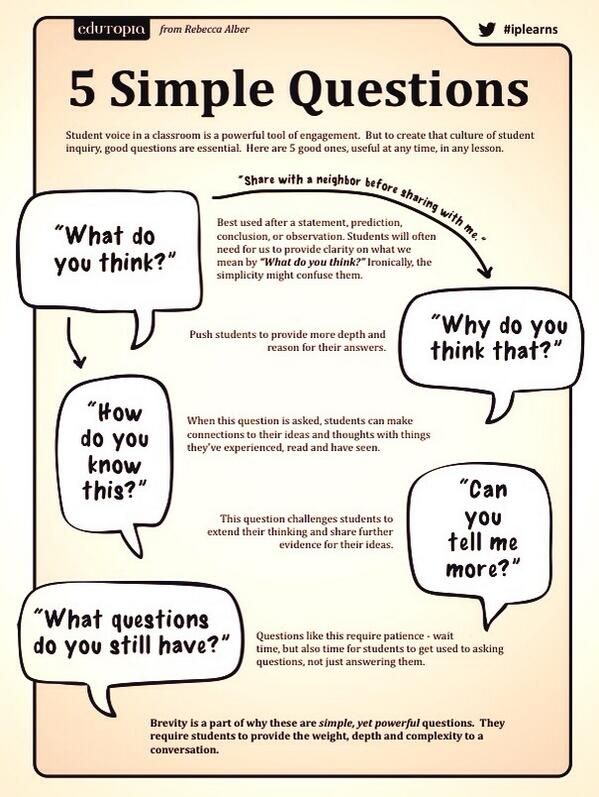Dominant and submissive personality types
Dominant & Submissive Personality Types in Codependent Relationships — Attract Health Build Wealth
Greetings Magnificent Souls to the Attract Health Build Wealth Blog where we have open and honest discussions about ourselves.
This is a place where we break down, breakaway, and breakthrough codependency allowing ourselves to attract health, build wealth and live a peaceful life.
We are tired of being sick and tired.
We are tired, but we are not giving up.
We KNOW that there is something magnificent inside of us. Because we are fighting daily, hourly, and by the minute: fighting ourselves, our kids, our spouses, we have to do things differently.
We have to break the cycle.
We don’t have a million chances. We have to be happy, NOW.
We have to find a way.
So how do we do that? How is that possible?
If you look around at what society is telling you, they’d tell you that what we’re doing is impossible.
Yet, it’s happening.
Every.
Single.
Day.
It’s happening through the practice and love that we call Awakening the Magnificent Soul.
We are all Magnificent Souls, and these are our stories of healing!
Today, in Episode 18, I wanted to touch on the two different personality types that are present (typically) in a codependent relationship. One of the dominant and one of the submissive.
But, before we get into the discussion, don’t forget to let me know your thoughts about this episode, any feedback you have, or anything you’d like me to cover on future podcasts at the Epiphany Vault.
Remember, you can share anonymously; it’s a safe place and I would welcome the discussion.
In a typical codependent relationship, there is an interplay between the more dominant personality and the more submissive personality.
Again, this is typical, but I have seen instances whereby there are two dominant people or two submissive people in a relationship, but a majority of codependent relationships have one submissive person and a dominant person.
First, let me say that we are not getting into the sexual side of subs and doms. One, because I have no experience in this and I haven’t researched it, and two, I think it’s a subject for another post.
But, what we are going to explore today are the dynamics of a codependent relationship, how they interplay with each other and we will identify some characteristics for each personality.
So, let’s stop and think for a moment.
Let’s think about your household, your family of origin…
Can you recall a more dominant/over-ruling personality? Or one that was more acquiescing or submissive?
I can, definitely, absolutely.
My house was a “my house, my rules” type of environment.
I heard often “Do as I say, not as I do.”
In hindsight, I can see now that our whole family personality, reactions, emotions would sway and swing with the mood of the dominant person.
I saw the dominant personality in our house not have to live up to the same rules and morals in which we were held accountable.
And, more so, I saw the submissive personality being kind of a doormat with little boundaries and say in the situation.
It’s so interesting to think about this now, about how my relationships had, in the past, mirrored this dominant/submissive dynamic.
In that childhood environment, my needs, emotions, and feelings were not recognized because a lot of the energy expenditure was based on the whims of the dominant personality.
So, how confusing was that as a child?
When I spent so much time and energy floating with the whims and emotions of the dominant in the family, my personal power and, in turn, my self-worth and self-love was diminished. (and not encouraged to develop and grow).
Therefore, in my adult days, it was hard to distinguish between love and power.
If someone exerts power over me, that means they love me, right?
Um, no, wrong.
I, obviously, am the more submissive personality, but it works the other way as well; more dominant personalities develop in childhood WHEN a child sees that power equals love.
So, to feel safe and secure, they learn to dominate and exercise power over others. This is how a dominant personality develops.
Many times, for dominant personalities, vulnerability equates to weakness and the need and want to control really stems from a lack of encouragement for healthy emotional development in childhood.
So, when submissive and dominant types get together, they are only perpetuating the example they were given in childhood.
The submissive equates love with over-caring while the dominant equates love with power and the ability to control.
This relationship becomes so toxic that these personalities feed off of each other.
Submissives are empathetic, compassionate and choose to see the best in others.
Dominants will use this to make the submissive feel inconsequential and more dependent on them.
What I think is the most interesting, is that these are not conscious behaviors or acts, but these traits are so ingrained in us that it’s just a natural attraction.
Submissive personalities typically have difficulty identifying what they are feeling.
Dominant personalities often lack empathy for the feelings and needs of others.
This results in the submissive absorbing the feelings of others (in most case the dominant personality and other close parties) and making it their own.
There are sooooooo many different dynamics in this type of relationship that I won’t dive into all of them now, but what I wanted to do today was to get you thinking about your life.
Do you identify with any submissive or dominant patterns?
I have a good resource that lists Patterns and Characteristics of Codependence that I am going to link in the show notes.
Do any of those resonate with you? I would love to hear what you are thinking about this at the Epiphany Vault.
Doing this exercise is one of the best things you can do to heal yourself and your relationships.
Self-awareness is key.
It’s more than key, it’s essential.
I look forward to hearing from you and see you soon, Magnificent Souls.
Livin’ and Lovin’💗
Lilli
P.S. If you are feeling stuck in having a healthy relationship, I encourage you to set up a complimentary call at to see if Align into Authenticity is the right fit for you. Click here. Are you ready to figure out what the missing link is to your intimacy?
Four personality types | CRM Strategy for Small Businesses
Four Personality typesCritical to the sellers success is how they can tailor their delivery to match the buyers personality type.
I have taken this opportunity to look at the four personality types most widely accepted. This post will look at each of the four personality types in turn and offer some guidance and tips on how to manage each.
- Dominant
Dominant personality types are goal-oriented, decisive, and competitive. They care more about results than personal relationships. They might not send you a holiday card, but if you deliver on your commitments, you’ll maintain a healthy business relationship. Dominants care deeply about the bottom line.
Dominants care deeply about the bottom line.
People with dominant personality types are also relatively impatient and controlling. They want information — fast — so they can make a decision and move on.
Dominant personality traits:
Dominants usually speak in declarative sentences and ask few questions, so if you notice your prospect says things like, “I’m looking for a new system,” you’re probably dealing with an Dominant personality type.
Their volume is also a little louder than average, and they use animated, confident body language.
How to sell to them:
- Professionalism is always important, but especially so when it comes to dominants. Always make sure you’re prepared for a meeting. If you don’t know the answer to a question, let them know you’ll follow up instead.
- Dominants appreciate efficiency. Don’t waste their time repeating facts or building up to your point — cut to the chase.
- Emphasize how your solution will solve their business’ problems.
 Cutting-edge features won’t impress unless you can demonstrate why they will be useful to their organization.
Cutting-edge features won’t impress unless you can demonstrate why they will be useful to their organization. - Take advantage of their competitive streak and show them how your solution will help their company compete with others in their industry.
- Steer clear of personal opinions and testimonials. If you’re citing a successful customer, talk about the ROI they saw rather than how much they loved the product.
- Since dominant aren’t great listeners, keep your statements short and to the point.
- Warm
People with warm personality types value personal relationships and want to trust their business partners. They like the excitement of new challenges. Warms will enthusiastically dive into finding creative or unexpected solutions — but on the flip side, they probably won’t do a ton of research before meeting with you. That means you can guide them through the purchasing process.
Unlike dominants, Warms don’t make decisions quickly. They want to establish rapport with the people they do business with and will likely seek out the help or approval of multiple team members. Expect a longer sales process than usual.
They want to establish rapport with the people they do business with and will likely seek out the help or approval of multiple team members. Expect a longer sales process than usual.
Warm personality traits:
Warms are great listeners and might ask more personal questions. They will be friendly, calm, and patient during meetings. Conversations with warms are generally laid-back and informal.
How to sell to them:
- Pitch a vision. Help them visualize the outcomes their business could achieve with the help of your solution.
- Take time to build rapport. Warms will need to feel safe in their relationship with your company before they’ll be comfortable doing business with you.
- Bring up examples of similar clients who have successfully used your solutions
- Take the role of an expert and walk them through the decision making process. Instead of overwhelming a warm with information, help them through the process and act as an advisor.
- Give them personal guarantees.
 Since warms are risk-averse, promising them your company will refund their purchase if they’re not satisfied or they can cancel at any time will calm their anxieties and make them likelier to buy.
Since warms are risk-averse, promising them your company will refund their purchase if they’re not satisfied or they can cancel at any time will calm their anxieties and make them likelier to buy.
- Hostile
Hostiles are not concerned with others’ well-being. Hostiles often have powerful personalities and use them to convince others of their strongly held convictions.
Hostiles can be creative, outgoing, domineering and resistant. They value mutual respect, loyalty, and friendship. Don’t make offhand commitments to hostiles — reneging on an offer could spell the end of your relationship?
Hostile personality traits:
Hostiles are sure of their beliefs and speak more in statements rather than questions.
How to sell to them:
- Present case studies. Hostiles want to be reassured that you’re looking out for them and like to have supporting evidence
- If your company offers exceptional customer service or maintains long-term partnerships with its clients, now is the time to shout it from the rooftops.

- Focus too much on facts and figures. Data is important.
- Hostiles do not accommodate fools. Always be well prepared
- Submissive
Those with a submissive personality type love data, facts, and figures. As no-nonsense people, they’ll look past a flowery pitch and get straight to the facts. Be prepared to field a lot of detailed questions possible at arm’s length prior to any face to face meeting.
Submissives stick to their deadlines, but they do not make decisions quickly. They care about thoroughly vetting and understanding the options available to them, and won’t jump the gun on a decision. They are more logical and cautious than any other personality type — but once they make a decision, they won’t reverse it
Submissive personality traits:
Submissives are concerned with facts rather than emotion, and won’t spend time getting to know you on a personal level. In conversation, submissives are serious, direct, and formal and often like to be dealt with at arm’s length.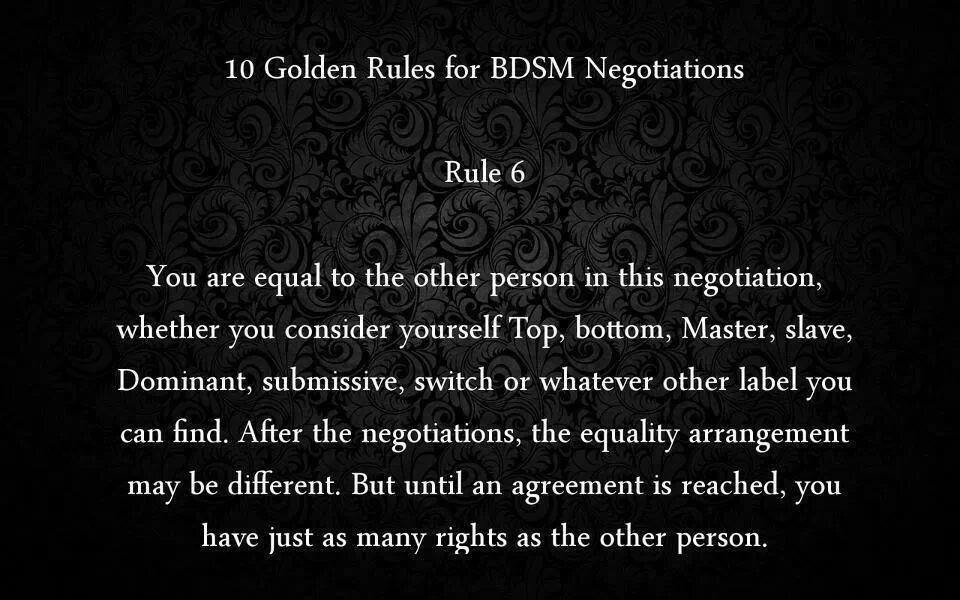
How to sell to them:
- Never rush a Submissive. Be prepared for a longer selling process, as submissives will take as much time as they need to gather all the facts they feel are necessary to make a decision.
- Assume they are prepared and have done their research. This doesn’t mean you should skip over introductory information, but you can expect to spend less time talking basic features.
- Avoid making high-level claims. Always provide data when you make an assertion, or risk losing credibility. Overhyping your product might make submissives suspicious that you’re using flowery language to mask flaws.
- Provide as much detailed information as possible. Instead of saying “Our product drives growth for many companies,” say, “Our product increased sales in 13 Fortune 500 companies by 25% or more year-over-year.” You can offer more information than they ask for without risking them becoming overwhelmed — in fact, they’ll probably welcome it.
- Don’t try to force a relationship that’s not there.
 submissives might become annoyed by those they feel are overly flattering or obsequious.
submissives might become annoyed by those they feel are overly flattering or obsequious.
Blending the four personality types.
Keep in mind that most prospects will be a mix of these four personality types and won’t fit neatly into one of the four personality types categories above. However, once you’re familiar with these core personalities, you should be able to tailor your selling strategy to fit any situation you come across.
How a ProAptivity can help with managing the four personality types.
ProAptivity are an independent CRM solutions provider. We focus on the implementation, training, and support of highly customised CRM software solutions. Our CRM software supported by our sales training provide customers with the tools needed to deliver successful sales process management. We can deliver bespoke training to help sales teams understand how best to manage the four personality types outlined above.
Fundamentally, we help organisations embed CRM best practice throughout their organisation. This helps organisations become more competitive, customer focused and ultimately more profitable. Become more successful at managing the four personality types, call us today.
This helps organisations become more competitive, customer focused and ultimately more profitable. Become more successful at managing the four personality types, call us today.
If you need help in understanding why my business needs CRM, maybe some of our eBooks could help! Alternatively visit Maximizer CRM for more information. Contact us today in Belfast on 028 9099 6388 or at our Bedford office on 01234 214004. Alternatively email us on [email protected]. Contact us today for a free CRM consultation that will assess if your business is CRM ready.
Source: Hubspot
Dominant instinct personality types
?Previous Entry | Next Entry
Instincts – is a program fixed in the genetic code of adaptation and behavior towards oneself and others . Animals also have instincts as a genetic adaptation program, but human instincts are a qualitatively different adaptation program than animals have. The instinct of self-preservation and the instinct of procreation are basic, they ensure the physical survival of man and the human species. Specific human instincts - the exploratory instinct and the instinct of freedom - provide the primary specialization of a person, and the instincts of dominance and the preservation of dignity provide self-affirmation, self-preservation of a person in the psychosocial aspect. The instinct of altruism socializes the adaptive essence of all other instincts.
The instinct of self-preservation and the instinct of procreation are basic, they ensure the physical survival of man and the human species. Specific human instincts - the exploratory instinct and the instinct of freedom - provide the primary specialization of a person, and the instincts of dominance and the preservation of dignity provide self-affirmation, self-preservation of a person in the psychosocial aspect. The instinct of altruism socializes the adaptive essence of all other instincts.
Usually, one or more instincts dominate in a person, while the rest are less pronounced. Accordingly, according to the dominance of one or another instinct, seven types of personalities can be distinguished, a summary of which is presented in Table. 2.2.
Table 2.2.
Characteristics of personality types according to dominant instinct
| Personality types / dominant instinct | Mental characteristics | Employment preferences | |
| Egophilic / self-preservation | From early childhood tendency to increased caution, suspiciousness, intolerance to pain, anxiety about everything unknown, egocentricity. |
| |
| Genophilic / procreation | From childhood, interests are fixed on the family, the interests of which are above all, life according to the principle “my home is my fortress”, readiness to sacrifice oneself for the sake of children and family altruism | Since childhood, kindness, caring for loved ones, the ability to give the last to another, even what you yourself need, are manifested. Selflessness, willingness to devote one's life to the public interest, protecting the weak, helping the sick and disabled. |
|
| Research / Research | Increased curiosity, the desire to get to the point, endless questions and discontent with superficial answers, love for reading and experiments | ||
| Dominant / dominance | The ability to organize work, set a goal and show the will to achieve it, the ability to understand people and lead them, efficiency, priority of status needs (careerism), increased need for control over others, the tendency to take into account the needs of the entire team while neglecting the interests of one particular person. |
| |
| Libertophile / Freedom | A tendency to protest against any restriction of personal freedom, desire for pain, deprivation, predisposition to risk, intolerance of routine, bureaucratism. Instincts self-preservation and continuation kind suppressed |
| |
| DESNITOLIAL / Preservation of dignity | Intelligence for any form of humiliation, readiness in the name of preserving the honor and dignity of applying for life, freedom, professional interests, family | 9000 9000 9000 9000 9000 |
With the dominance of one instinct, the tendencies of personality development are one-sided.
| November 2020 | ||||||
| S | M | T | W | T | F | S |
|---|---|---|---|---|---|---|
| 1 | 2 | 3 | 4 | 5 | 6 | 7 |
| 8 | 9 | 10 | 11 | 12 | 13 | 14 |
| 15 | 16 | 17 | 18 | 19 | 20 | 21 |
| 22 | 23 | 24 | 25 | 26 | 27 | 28 |
| 29 | 30 | |||||
Powered by LiveJournal. com
com
MBTI is one of the ways to understand yourself and others
There is a fountain in front of our office on Belorusskaya. When evening falls on Moscow, light music turns on, street musicians begin to sing to the electric guitar, and it seems to me that I am in some kind of romantic movie: jets of water, multi-colored lights, haze, Besame mucho...
While browsing Facebook, I came across a post by a colleague: he complained about how tired he was of our fountain, where informally dressed teenagers, gypsies with children and guest workers with gold teeth are constantly pushing, making noise and smoking. And I once again thought that we are looking at the same thing, but we see completely different things. We cannot understand why another person draws conclusions opposite to ours, given the same data, and does something completely different from what we would have done in his place. On the one hand, we are attracted to opposites, we are drawn to those who have those qualities that we lack, but at the same time it can be very difficult for us to communicate. Sometimes this causes conflicts in the family and at work.
Sometimes this causes conflicts in the family and at work.
– “He is either just not interested, has nothing to say, or is too shy: at our meetings we actively and informally discuss new ideas and proposals. Everyone is talking, but he is silent!
– “It’s hard for me to deal with such superficial people: instead of first calmly thinking about the problem, looking for what they write on the Internet, they immediately start chatting and wasting time discussing what they don’t have a complete understanding of!”
– “She has her head in the clouds. When she gives a task, she doesn't really explain anything. It is difficult to get a clear and detailed description of what needs to be done from her. It happens that by the end of the project she loses interest in him.
– “For me, the main thing is to understand the concept, come up with an idea, and the details are not important to me, I don't like being loaded with insignificant trifles. I motivate subordinates by giving them complete freedom of action and not limiting them to instructions.
I motivate subordinates by giving them complete freedom of action and not limiting them to instructions.
– “Some people get so worried about little things. My colleague told me that she had a problem. I listened, understood what the point was, advised her what to do and what to do. I think I helped her a lot."
– “Some people can be so callous. I shared with him what upset me so much, I wanted simple participation, but he didn’t understand me, didn’t support me, didn’t sympathize, but simply gave out his recommendations, as if I were a broken machine gun.
– “He is irresponsible. I can’t rely on him: he does everything at the last moment, he doesn’t know how to plan properly, not only work, but also vacation. I ask when and where will you go on vacation in the summer. Summer is two months away! He says: summer is so far away, I don’t know where and when I want to go.”
– “I can do so much in a short amount of time when inspiration strikes or when the deadline is tight. I can write a project in one night, if necessary. When some boring people ask several times a day if I’m working on an assignment that’s due in three weeks on a Thursday, it both makes me laugh and annoys me!”
I can write a project in one night, if necessary. When some boring people ask several times a day if I’m working on an assignment that’s due in three weeks on a Thursday, it both makes me laugh and annoys me!”
Are you familiar with such situations? Is it possible to avoid such conflicts and misunderstandings? Partially possible if you know that behavior different from ours is due to the psychological characteristics of the individual. And there is a practical tool for this - MBTI (Myers-Briggs Type Indicator) that identifies and explains the natural differences between people.
The comprehensive MBTI typology, developed in the last century by Katharina Briggs and her daughter Isabelle Myers-Briggs, is based on the work of Carl Gustav Jung and backed up by a vast body of statistical data. MBTI is the most popular instrument in the US and Europe. The MBTI is based on the idea of four fundamental pairs of preferences that determine our psychological type: we get energy and inspiration from different sources; we perceive and process information differently; we make decisions based on different values; we organize ourselves and plan our actions differently in conditions of uncertainty.
The right-handed and left-handed metaphor helps to better understand what preference is. The use of a dominant preferred hand (and, mind you, everyone has their own) is natural and does not require additional effort. If a person begins to use the second hand, he feels discomfort. On the other hand, if necessary, we can try and learn to write with the other hand.
E or I ? The first pair of preferences helps to understand where the source of our energy is, where our consciousness is directed. In terminology MBTI , this dichotomy is called E XTRAVERTION / NTRAREVERSI From Jung's point of view, this difference in preferences is the most important.
For people with a tendency to extroversion, the source of energy is the outside world. They are inspired and charged by communication with other people, they are able to easily establish contacts with a wide range of people. They are interested in many things. They love to communicate, act and interact. In order to understand a problem, they need to speak it out first.
They are inspired and charged by communication with other people, they are able to easily establish contacts with a wide range of people. They are interested in many things. They love to communicate, act and interact. In order to understand a problem, they need to speak it out first.
Introverts, on the other hand, are focused on their inner world, they easily get tired of “noisy gatherings” and prefer to communicate with a narrow circle of close friends, they need solitude to “recharge their batteries”. They love to think. They talk less and listen more. Their interests differ in depth, but not breadth. Before discussing a problem, they need to think it over first.
S or N ? The second pair of preferences determines our way of perceiving information. MBTI calls this pair S ENSING / I TUITION (SETICIA).
Sensory people live in the real world and enjoy the tangible side of life, perceiving information through the five senses. To understand what is really going on, they need real experience and concrete facts. They are exceptionally practical and love preset ways of doing things. Sensors are able to work with a large amount of data, they are attentive, they notice details and details, are well versed in the area and know how to create comfort and beauty around.
Intuitives get tired of the abundance of factual information. They may not notice details because they want to see the whole picture and understand its meaning. It is important for them to capture the mood, the trend, the connections between phenomena and events. They are prone to generalizations and theories. They are more interested in thinking not about the present, but about future opportunities, and they may not be very concerned about what surrounds them here and now. They like to "generate" ideas, but not to implement them.
They like to "generate" ideas, but not to implement them.
T or F ? The third pair of preferences lies in the area of decision making. MBTI calls this pair T or / F 9028LA Decision making is one of the most difficult to recognize preferences.
People with a “thinking” orientation tend to be reasonable, impartial, and objective. In the decision-making process, they try to “rise above the situation”, look from the outside and ignore the personal interests of people. They strive for truth and justice, the same for all. They do not understand why make a fuss and suffer if the decision is logical and will benefit, even if someone does not like it.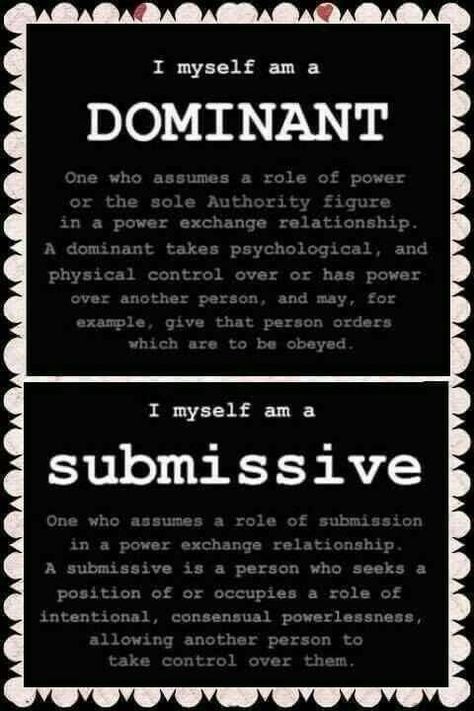
People who prefer "feelings" make decisions based on subjective values. They strive for harmony and mercy. An individual approach is important to them, in the decision-making process they put themselves in the place of others and do not accept the same rules “for everyone”.
J or P ? The fourth pair of preferences is related to the way of behavior in conditions of uncertainty. MBTI uses the terms J udging / P receiving . This preference is one of the most obvious and obvious.
People for whom planning and control are important are people with a preference for “structure”. They love certainty and are result-oriented: no sooner said than done. In situations of uncertainty or violation of deadlines and agreements, they experience stress.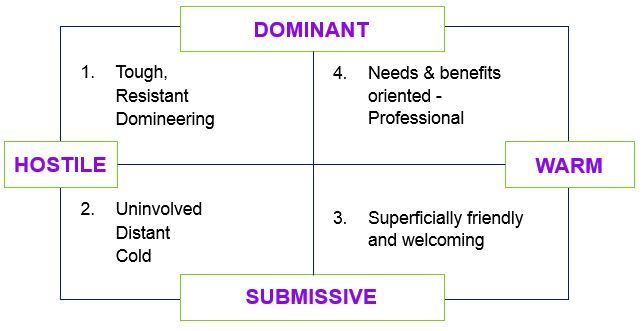
People who are prone to spontaneity do not like to plan even for tomorrow, they are flexible, able to quickly adapt to a changing situation, do not experience any problems when shifting schedules, they do a lot at the last moment. They are process oriented rather than result oriented and are stressed by external constraints.
We are born with certain preferences and must develop our natural gifts, as well as learn to work with those preferences that we are less inclined to, but that our environment requires of us: work, family or society. The development of the type continues throughout life, and with age, people more and more confidently master unusual preferences for them.
The MBTI personality type test begins with a test of the four main dichotomies, followed by an interview with a professional trainer to refine the test results. The percentage of coincidence of self-perception and assessment results is quite high (75%). The combination of four preferences gives rise to 16 MBTI types, described in detail and in an accessible way, each with its own pros and cons, recommendations for development, leadership style, behavior in stressful situations, and so on.
Typology is widely used in the areas of personal growth, self-improvement and the development of interpersonal relationships. If you invite a professional certified trainer, then MBTI can be offered at work as an individual testing and consultation, as well as a group training seminar. It is also a great team building activity that allows team members to get to know each other better and learn how to interact more effectively in the process of working together. MBTI helps to understand the value of differences between people, because each type has its own unique advantages.
Of course, it is important to understand that the MBTI is first and foremost a learning tool, not a way to label and frame people. The MBTI does not evaluate skills and abilities, but only speaks of natural preference, and therefore the MBTI cannot be used for employee selection purposes.
Knowledge of typology does not instantly solve all problems, is not an excuse for our mistakes and miscalculations (yes, I have such a type - and accept me as I am!), does not save us from the noble work of building relationships, but, undoubtedly, helps to make this process is more understandable and fun.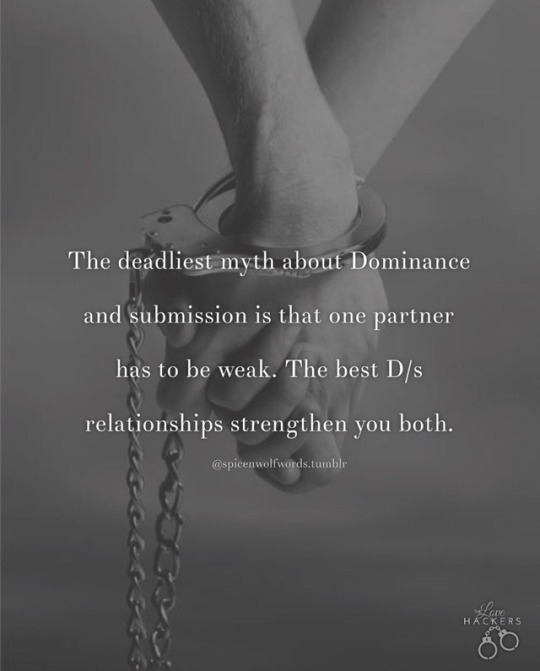 Yes, people are more complex than all typologies put together. Yes, the MBTI typology is just one of many classifications of psychological types. Yes, it’s not at all necessary to start classifying everyone around, but still, sometimes it’s very useful to think about why our colleagues, bosses, friends, relatives behave the way they do, try to understand their preferences and, if possible, adjust your behavior when communicating with different people. .
Yes, people are more complex than all typologies put together. Yes, the MBTI typology is just one of many classifications of psychological types. Yes, it’s not at all necessary to start classifying everyone around, but still, sometimes it’s very useful to think about why our colleagues, bosses, friends, relatives behave the way they do, try to understand their preferences and, if possible, adjust your behavior when communicating with different people. .
I must admit that typology becomes so addictive over time that many of the “initiates” at MBTI begin to analyze preferences and determine the psychological types of not only people from their environment, but also literary characters, stars, scientists, writers, including long-dead and even pets. I read that Americans define city types: for example, sunny, warm and joyful San Francisco is ENFP (extraversion, intuition, feelings, spontaneity), and prim and conservative Washington is ISTJ (introversion, sensory, thinking, structured).
 Tendency to excessive egoism, suspicion, hysteria, cowardice
Tendency to excessive egoism, suspicion, hysteria, cowardice  It can manifest itself in the form of both leadership and organization, as well as tyranny and tyranny
It can manifest itself in the form of both leadership and organization, as well as tyranny and tyranny 







